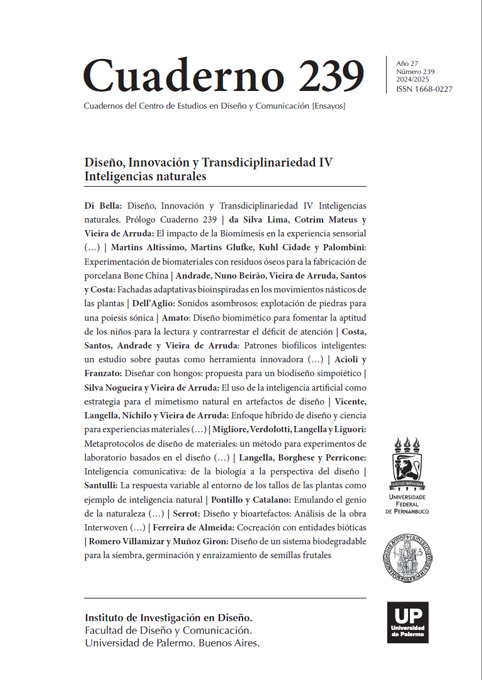The variable response to the environment of plant stems as an example of natural intelligence
Resumo
O caule das plantas dicotiledôneas é constituído por três estruturas aproximadamente concêntricas, denominadas epiderme (ou periderme), floema e xilema de fora para dentro.
Referências
Abdelhady, A., Ibrahim, M., Mansour, H., El-Shafie, A., & Abd El Rahman, E. (2023). Physicomechanical properties of sugarcane stalks. Acta Technologica Agriculturae, 26(3), 142-151.
Atamian, H. S., Creux, N. M., Brown, R. I., Garner, A. G., Blackman, B. K., & Harmer, S. L.
(2016). Circadian regulation of sunflower heliotropism, floral orientation, and pollinator
visits. Science, 353(6299), 587-590.
Baar, J., Paschová, Z., Čermák, P., & Wimmer, R. (2019). Color changes of various wood
species in response to moisture. Wood and Fiber Science, 51(2), 119-131.
Baley, C., Goudenhooft, C., Gibaud, M., & Bourmaud, A. (2018). Flax stems: from a specific
architecture to an instructive model for bioinspired composite structures. Bioinspiration
& Biomimetics, 13(2), 026007.
Los autores/as que publiquen en esta revista ceden los derechos de autor y de publicación a "Cuadernos del Centro de Estudios de Diseño y Comunicación", Aceptando el registro de su trabajo bajo una licencia de atribución de Creative Commons, que permite a terceros utilizar lo publicado siempre que de el crédito pertinente a los autores y a esta revista.


